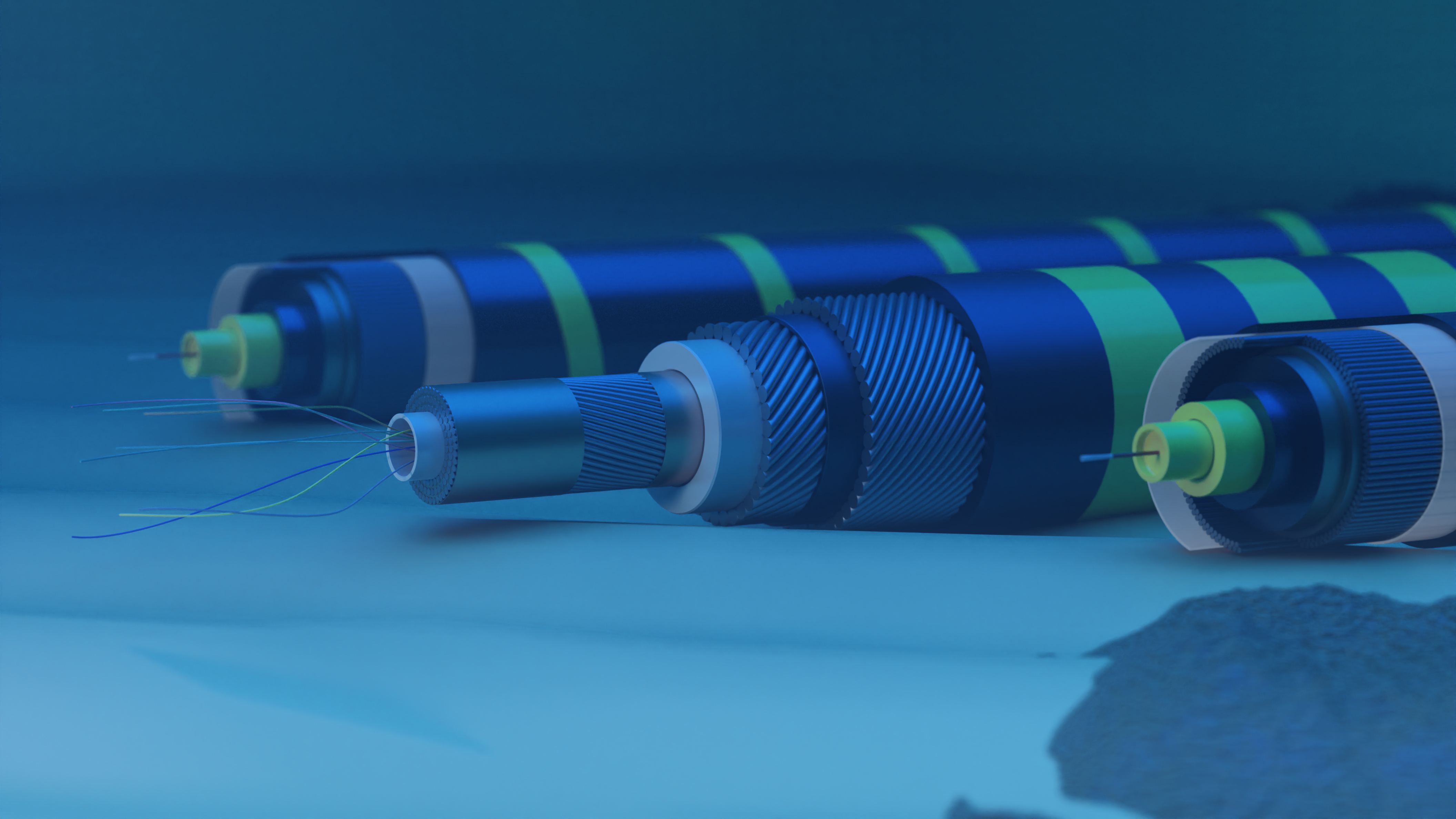Finnish investigators discover anchor drag marks of “almost a hundred kilometers” in undersea cable damage case — anchor is allegedly missing from detained tanker
The missing anchor left evidence of its existence.

Finland’s National Bureau of Investigation (NBI) discovered anchor drag marks on the seabed after mapping it from start to finish. However, Finnish news outlet Helsingin Sanomat reports that the authorities are still looking for the anchor that caused the damage. NBI Detective Chief Inspector Sami Paila says, “So far, a possible anchor detachment point has not been confirmed.”
The investigation focuses on the Eagle S, suspected of dragging its anchor on Christmas Day to cut the Estlink 2 power cable and several other internet and communications cables connecting Finland and Estonia. Authorities have already boarded the ship, but its anchor is reportedly missing. The authorities then sailed the Eagle S into Finland's territorial waters. They moved it to an even more secure anchorage in Svartbäck to facilitate the investigation, with other ships restricted from approaching the ship to maintain security. Its crew has also remained aboard for further questioning, with Finnish Customs authorities also looking into its cargo.
“The vessel’s captain and crew have remained on board and active during the move [from its original stopping point]. Once anchored, we will resume investigative procedures, focusing on whether this ship caused the damage,” said Helsinki Police Superintendent Heikki Porola to Finland’s national broadcasting company Yle.
The investigators discovered anchor drag marks on the seabed just a day after moving the ship. “East of that point, there are several tens of kilometers [of dragging], if we are not talking about almost a hundred kilometers,” says Paila. He added, “The track ends where the ship lifted the anchor chain.”
Because of this, Finland is adding aggravated telecommunications interference to the charges against the Eagle S and its crew. This is in addition to the initial aggravated arson charge and the aggravated regulation offense that Finland customs is investigating regarding the oil cargo it carries.
Sources say the Eagle S is part of Russia’s “shadow fleet,” a collection of poorly maintained ships with murky ownership and registration that the country uses to circumvent sanctions and smuggle its oil exports despite the embargoes.
This is the second such incident in the last two months. In mid-November, a Chinese vessel, Yi Peng 3, is suspected of cutting undersea cables connecting Lithuania to Sweden and Germany to Finland. Underwater cameras also revealed drag marks that coincided with the vessel's maneuvers, further proving that it dragged its anchor to cause the damage.
Get Tom's Hardware's best news and in-depth reviews, straight to your inbox.

Jowi Morales is a tech enthusiast with years of experience working in the industry. He’s been writing with several tech publications since 2021, where he’s been interested in tech hardware and consumer electronics.
-
hotaru251 ngl should really re-think how they lay new cables if same tactic is used because its effective.Reply -
bit_user Reply
Yeah, but laying cables is already complicated and expensive. If they have to bury cables to make them resistant to anchor drags, that would probably be way too expensive, if it were even practical. Plus, it doesn't help the hundreds or thousands of cables that've already been deployed.hotaru251 said:ngl should really re-think how they lay new cables if same tactic is used because its effective.
Furthermore, if cables somehow stop being a soft target, then focus could just turn to something else. So, I agree some thought should be given to what reasonable measures can be taken, but this is just one of those hard problems. Sometimes, the best defense is a good deterrent. -
USAFRet Reply
Its only effective if they don't get caught.hotaru251 said:ngl should really re-think how they lay new cables if same tactic is used because its effective.
What would an alternative be? Burying the cable? $$$$ -
Kamen Rider Blade Reply
Make strong Half pipes / Quarter Pipes / One-Third pipes that sit on top of the cable path to deflect anchor dragging. Servicing might become a bit harderUSAFRet said:Its only effective if they don't get caught.
What would an alternative be? Burying the cable? $$$$ -
USAFRet Reply
To counteract the inertia of a 10,000 ton ship, that would be a HUGE pipe.Kamen Rider Blade said:Make strong Half pipes / Quarter Pipes / One-Third pipes that sit on top of the cable path to deflect anchor dragging. Servicing might become a bit harder -
Kamen Rider Blade Reply
Deflect, not counteract. Different principles.USAFRet said:To counteract the inertia of a 10,000 ton ship, that would be a HUGE pipe.
You're thinking of blocking.
I'm thinking of sloped armor to make the anchor go around the path.
If that requires staking the partial pipe into the sea bed, it might work.
Only testing will find out -
USAFRet Reply
There is no around...only over.Kamen Rider Blade said:I'm thinking of sloped armor to make the anchor go around the path.
Which just requires a deeper hook.
Offense-defense
Cat-mouse
A better defense just means a different offense. And back and forth. -
evdjj3j Reply
Seems it was effective and since everyone knows who did it they've been caught. I don't think this will be the last time they do it either.USAFRet said:Its only effective if they don't get caught.
What would an alternative be? Burying the cable? $$$$ -
Kamen Rider Blade Reply
That's how the game is playedUSAFRet said:There is no around...only over.
Which just requires a deeper hook.
Offense-defense
Cat-mouse
A better defense just means a different offense. And back and forth.